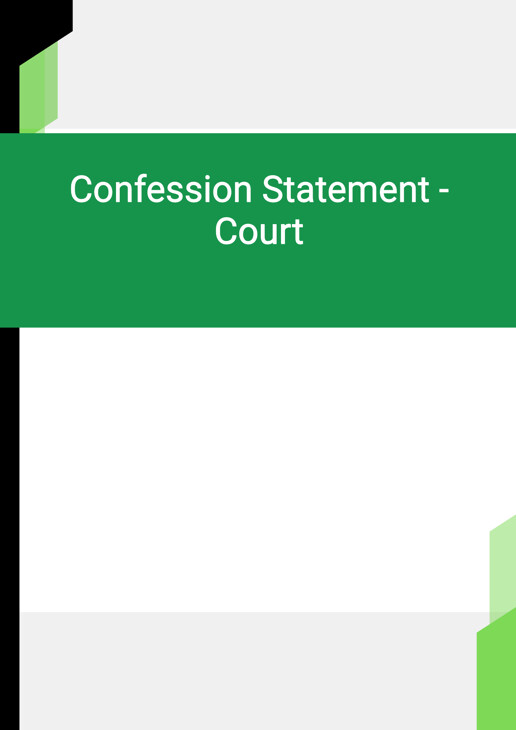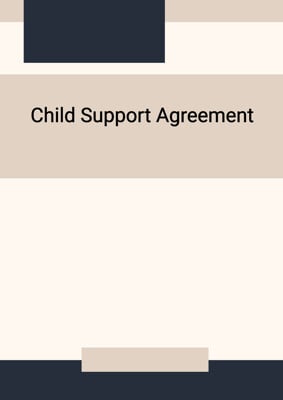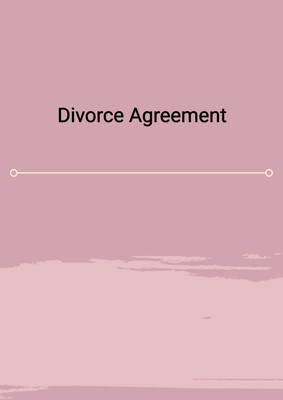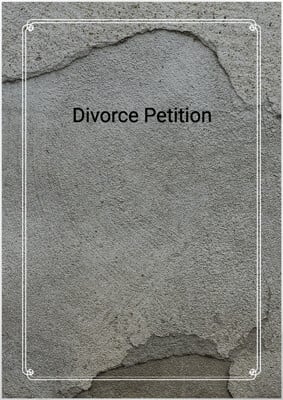How to Tailor the Document for Your Need?
01
Create Document
Click "Create Document" button and the document will be prepared with your account details automatically filled in.
02
Fill Information
Please fill in any additional information by following the step-by-step guide on the left hand side of the preview document and click the "Next" button.
03
Get Document
When you are done, click the "Get Document" button and you can download the document in Word or PDF format.
04
Review Document
Please review the document carefully and make any final modifications to ensure that the details are correct before publication / distribution.
Document Preview
Document Description
The Confession Statement - Court document is a legal document that is used in divorce proceedings. It contains a confession statement made by either the petitioner or the respondent, admitting to committing adultery. The document starts with the title 'Confession Statement - Court' to clearly indicate its purpose.
The document begins with a header that includes the current year and the court of jurisdiction. This information helps to identify the specific case and court where the confession statement will be used. The document also includes a case number, which further ensures proper identification.
The confession statement is divided into two sections, one for the petitioner and one for the respondent. The content of each section is conditional, depending on whether the confessor is the petitioner or the respondent. This ensures that the confession statement is tailored to the specific circumstances of the case.
In the petitioner's section, the confessor acknowledges that they have committed adultery with an undisclosed person. The petitioner admits to the adultery and states that they informed the respondent about it at the same time. This section is followed by the statement of truth, where the petitioner affirms the truthfulness of the facts stated in the confession statement.
Similarly, in the respondent's section, the confessor admits to committing adultery with an undisclosed person. The respondent acknowledges that they informed the petitioner about the adultery at the same time. The respondent also signs the statement of truth, affirming the truthfulness of the confession statement.
The document concludes with the signature of the confessor, either the petitioner or the respondent, depending on the section. The signature is followed by the designation of the confessor, indicating whether they are the petitioner or the respondent.
Overall, the Confession Statement - Court document is crucial in divorce proceedings as it provides a legally binding confession of adultery from either party. It serves as evidence that can be used in court to support the divorce case.
How to use this document?
1. Identify the confessor: Determine whether you are the petitioner or the respondent in the divorce proceedings.
2. Fill in personal information: Enter your name, position, and address in the appropriate sections of the confession statement.
3. Understand the purpose: Recognize that the confession statement will be used as evidence against you in the divorce proceedings.
4. Admit to adultery: Clearly state that you have committed adultery with an undisclosed person and specify the date of the incident.
5. Inform the other party: Acknowledge that you informed the other party about the adultery at the same time.
6. Sign the statement of truth: Affirm that the facts stated in the confession statement are true by signing the statement of truth.
7. Designate your role: Sign the document with your signature and indicate whether you are the petitioner or the respondent.
8. Seek legal advice: Consider consulting with a lawyer to ensure that the confession statement aligns with your legal strategy and protects your interests.
9. Submit the document: File the confession statement with the court and provide copies to the relevant parties and their legal representatives.
10. Prepare for court proceedings: Be prepared to present the confession statement as evidence during the divorce proceedings, as it may impact the outcome of the case.
Not the right document?
Don’t worry, we have thousands of documents for you to choose from:




















